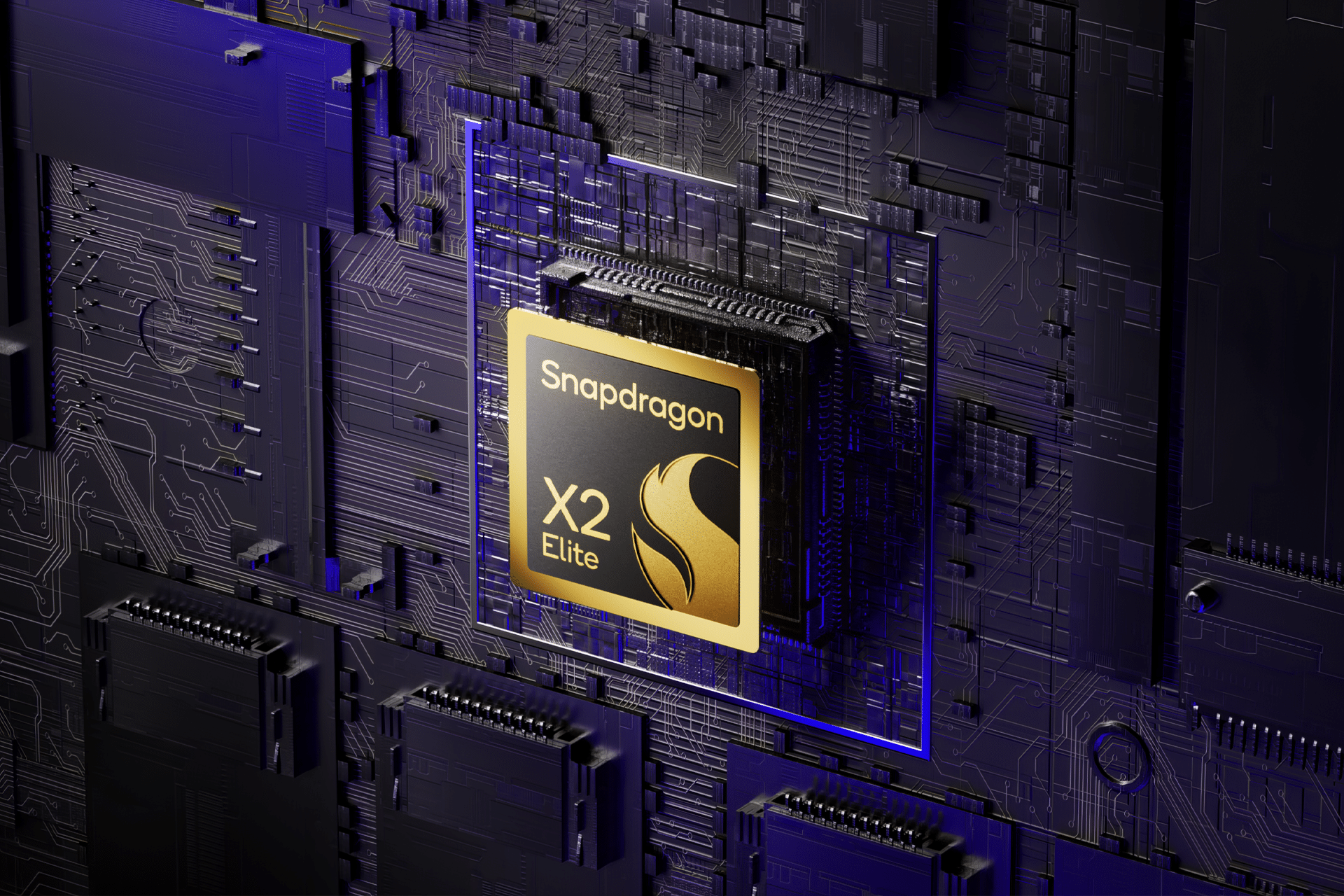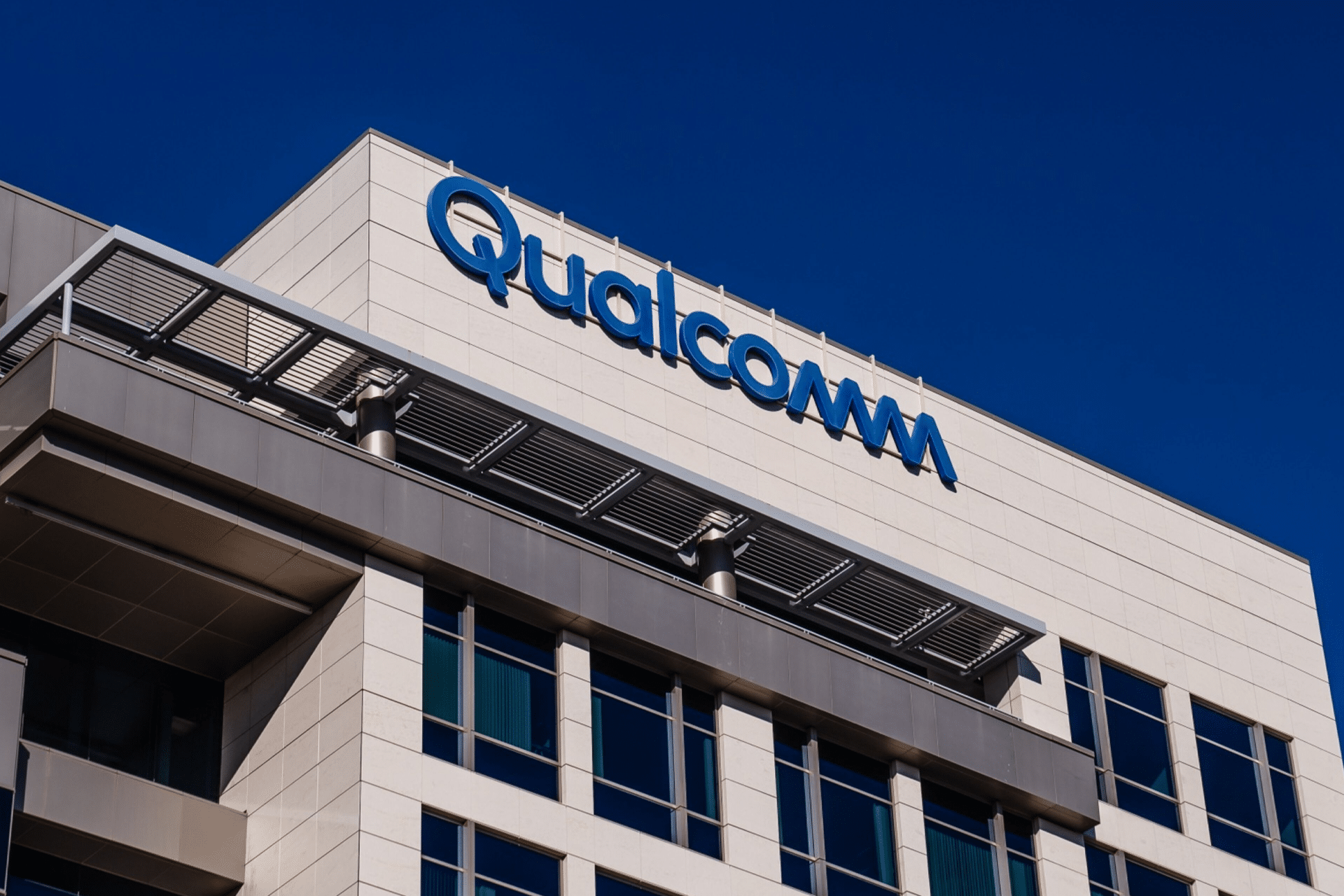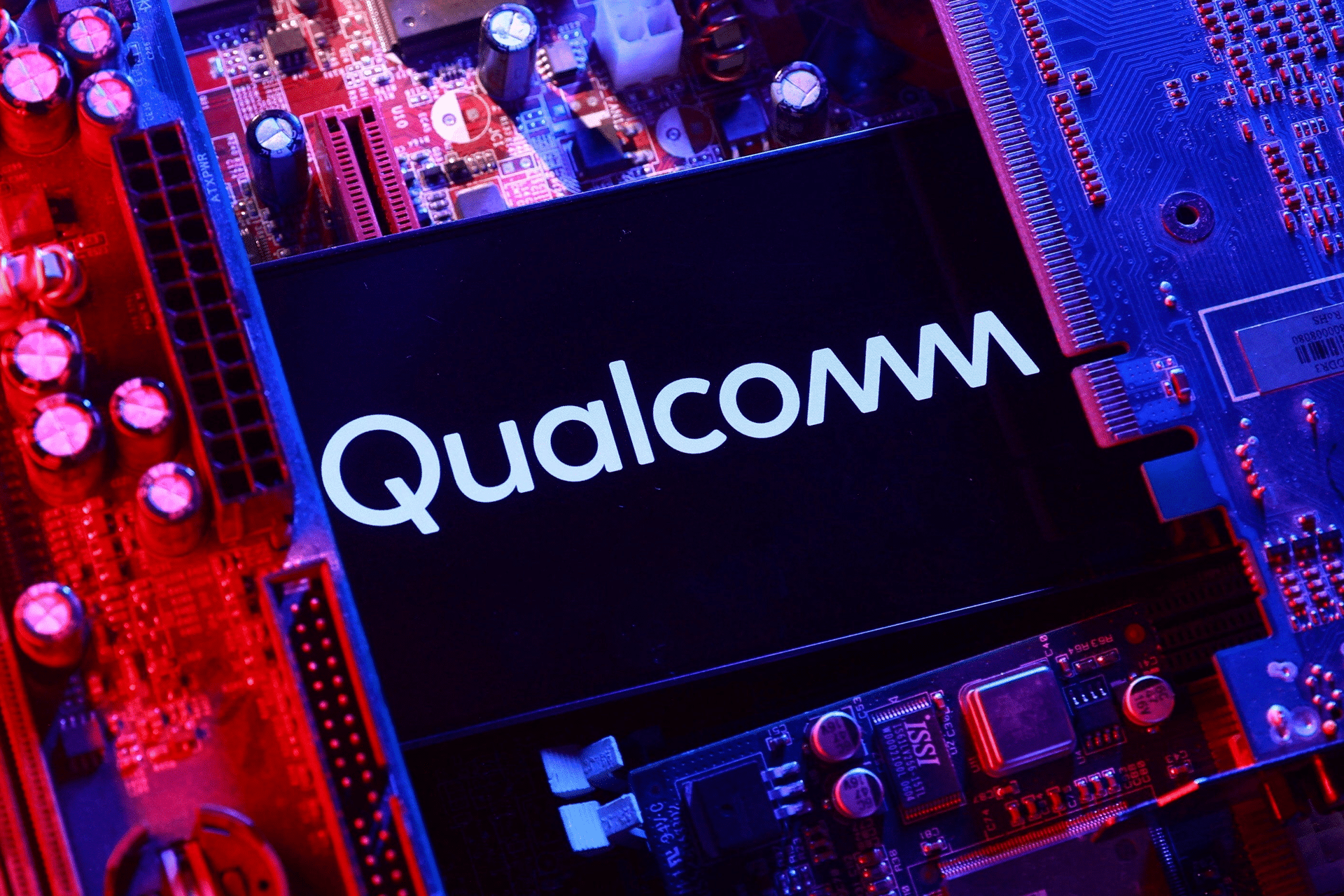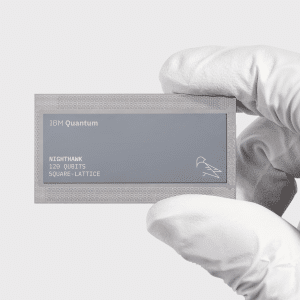Qualcomm has unveiled its latest generation of AI-focused chips, introducing an enhanced Hexagon NPU architecture designed to deliver faster, more efficient on-device machine learning across smartphones, PCs, and next-generation connected devices. The announcement underscores Qualcomm’s determination to maintain its lead in mobile AI computing as the race intensifies between Apple, MediaTek, and emerging ARM chip competitors.
The new processors, part of Qualcomm’s upcoming Snapdragon lineup, bring significant architectural changes intended to handle larger AI models locally — without relying on cloud computation. That shift marks a broader trend across the semiconductor industry, where energy-efficient on-device AI is becoming the key differentiator for both performance and privacy.

A Major Leap in Neural Processing
At the heart of Qualcomm’s announcement is the company’s reengineered Hexagon Neural Processing Unit (NPU). The upgraded design delivers double-digit performance gains over previous generations, supporting advanced generative AI models, multi-modal assistants, and real-time translation directly on the device.
The Hexagon NPU combines expanded vector acceleration with dedicated tensor cores and new mixed-precision computing capabilities, allowing the chip to handle larger model weights without offloading to the cloud. Qualcomm says these improvements translate to up to 3x faster AI inference speeds compared to its previous flagship.
Crucially, the new NPUs are designed for scalability, meaning the same architecture will appear across smartphones, tablets, laptops, and even automotive systems. This unified approach reflects Qualcomm’s strategy to embed consistent AI capability throughout its ecosystem.
On-Device AI for the Next Generation of Devices
Qualcomm’s latest chips arrive amid growing demand for AI-driven features that run natively, such as image generation, personal assistants, and contextual awareness. As privacy regulations tighten and consumers grow wary of data sharing, Qualcomm’s emphasis on on-device intelligence is increasingly appealing to manufacturers and developers.
The company’s AI Engine now supports more than 30 frameworks, including TensorFlow Lite and ONNX, making it easier for developers to deploy models optimized for Qualcomm’s hardware. With improved energy efficiency, devices can perform complex AI tasks — from voice synthesis to live background removal — without significant battery drain.
The new Snapdragon platform also integrates enhanced ISP and GPU collaboration, enabling neural networks to assist in image enhancement, low-light photography, and motion tracking. In combination with Qualcomm’s Sensing Hub, devices gain contextual capabilities such as adaptive screen behavior and environment-based performance tuning.

Competition Heats Up in AI Silicon
The timing of Qualcomm’s announcement is strategic. The company faces increasing competition from Apple’s M-series and A-series chips, which already lead in AI-driven workflows on macOS and iOS. MediaTek, meanwhile, has made rapid progress with its Dimensity AI cores. Qualcomm’s new Hexagon NPU aims to not only close the performance gap but also surpass rivals in flexibility and efficiency.
Unlike Apple’s vertically integrated approach, Qualcomm serves a wide range of partners, from Android smartphone makers to PC manufacturers. The company’s vision for a cross-device AI foundation could make it the most accessible platform for integrating AI capabilities across price tiers and hardware categories.
Qualcomm executives emphasized that the Hexagon architecture is built for generative AI — specifically for models like image synthesis, code completion, and multimodal assistants. The company showcased early demos of text-to-image generation running entirely on a prototype Snapdragon device, highlighting response times under one second and zero reliance on cloud APIs.
Integration Beyond Smartphones
While smartphones remain Qualcomm’s primary business, the company has made it clear that these AI chips will extend to PCs and mixed-reality devices. The firm’s Snapdragon X Elite platform for Windows laptops already introduced neural acceleration for Copilot features in Windows 11. The same NPU technology now scales upward, powering AI-assisted workflows such as transcription, live translation, and local data summarization.
In addition, Qualcomm plans to integrate Hexagon NPUs into its automotive Snapdragon Ride and Snapdragon Cockpit platforms, enabling advanced driver monitoring, object detection, and predictive safety systems.
Developers and OEMs will gain access to the new AI SDK later this year, with early adoption expected among Android flagship devices launching in early 2026. The first smartphones powered by the updated Snapdragon chips are expected to debut in Q1, with broader adoption throughout 2026.

Power Efficiency and Sustainability
Energy efficiency remains a central pillar of Qualcomm’s AI design philosophy. The new Hexagon cores use advanced fabrication nodes and improved dynamic voltage scaling to minimize power consumption. This allows devices to perform complex AI workloads — including video analysis and real-time object tracking — while maintaining extended battery life.
By reducing reliance on the cloud, Qualcomm also highlights the sustainability advantages of on-device AI. Running inference locally reduces data center energy use and latency, aligning with industry-wide efforts to lower the carbon footprint of AI operations.
A Vision for AI Everywhere
The launch of Qualcomm’s new AI chips reaffirms the company’s vision of ubiquitous, intelligent computing, where devices adapt dynamically to users and environments without constant connectivity. It also reinforces the industry’s shift away from centralized models toward distributed intelligence — a move that promises lower latency, stronger privacy, and greater personalization.
For Qualcomm, this generation of Hexagon NPUs is more than an incremental upgrade. It represents the culmination of a decade-long investment in heterogeneous computing, where CPUs, GPUs, and NPUs collaborate seamlessly to deliver AI performance previously reserved for cloud systems.
As AI becomes a defining layer of user experience across every category — from smartphones to cars to wearables — Qualcomm’s bet is clear: the future of intelligence isn’t somewhere in the cloud; it’s already in your pocket.








